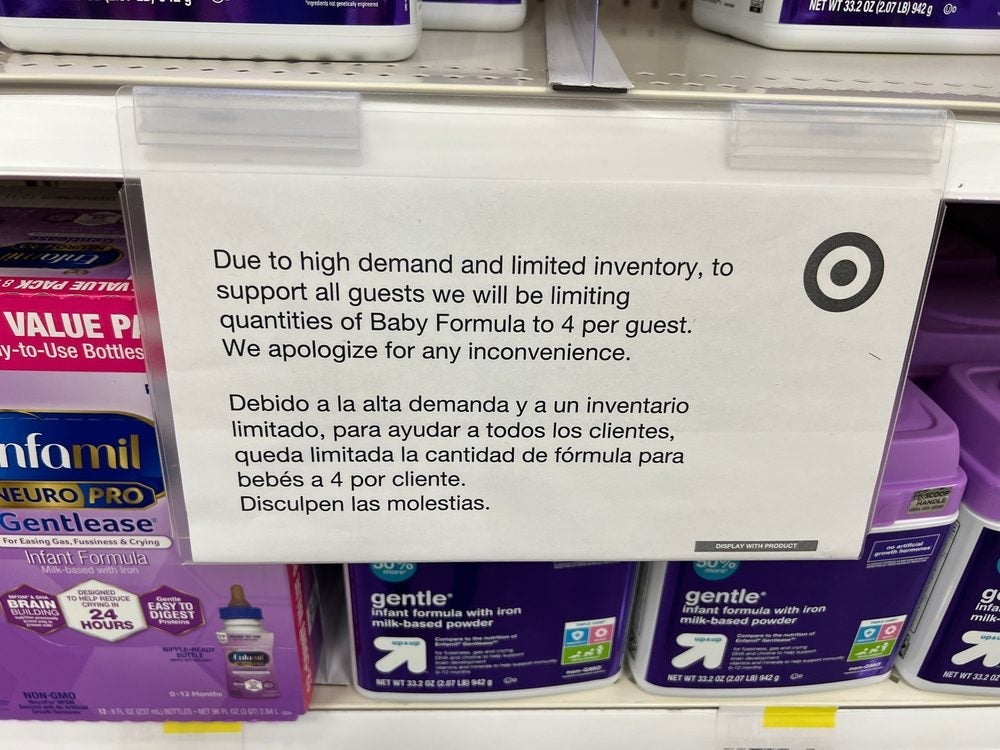By Anthony Kennada
Marketing has become far more complicated than the 4 P’s we were once taught in school—price, promotion, product and place. Innovation in social and mobile technologies has changed the way we distribute and digest information, a wealth of data is now available on how our customers interact with our brands and services, and the competition is scaling smarter and faster.
The term thought leader has become more pervasive as a competitive advantage—brands are doing far more than just selling a product or service, but are changing the way business is being conducted. Buyers will typically show preference to companies who lead the market by properly articulating the why of their existence, as so eloquently described in Simon Sinek’s now iconic TED talk.
If you are in marketing at a technology company—and let’s face it, what company is not at least in part a software business, you are either: disrupting an existing category of goods or services, creating a new category—or you’re at the wrong company.
Thought leaders in the first example see a problem in the world, whether in existing people, processes or systems, and find a way to innovate and redefine the norm. A classic example is content collaboration platform, Box, who addressed the frustrating nature of securely sharing files within an enterprise (whether via FTP or Microsoft SharePoint) by coming up with a better solution. Classic examples are all too familiar, whether it’s Apple’s redefinition of the smartphone, Facebook solving social networking, or Google developing better search algorithms that have become all but ubiquitous.
However, not much is written about building a new product category, particularly from the marketing perspective. Certainly, much credit belongs to the entrepreneur and development teams who spearhead the innovation, but aligning your brand with a movement that convicts the hearts and minds of your potential buyer is the responsibility of your marketing leader.
Here’s what you’ll need to get started:
- A crazy marketing leader. Creating a new market requires thinking BIG with ideas that just don’t seem feasible to the normal person. This is the executive who thinks outside of the box, but can also execute at the pace that a startup requires.
- A ton of money. Creating a new product category requires a ton of investment into that always-contentious marketing budget. There’s also an element of risk, in that some crazy and expensive ideas will flop, or fail to show an immediate return on investment.
- Fearless tenacity and consistency. Convincing the public of your mission will undoubtedly be met with a healthy dose of rejection. Think of your marketing programs (especially PR/AR) as coming to the tee of a 500-yard Par 5 with a putter—incremental, but consistent progress will get you closer to the cup.
With those pieces in place, understanding how and where to spend your marketing budget comes next. The market will be nascent in nature, so some programs just may not work. An example is search engine marketing—are your prospective buyers actively searching for your category? The question is not rhetorical, as answers will vary based on market maturity.
Here are three things to consider as you evaluate which programs to pursue:
- Build the online backbone of the category. Overinvest in what Marketo’s Jon Miller calls “early-stage content”—blog posts, videos, e-books and other forms of content that focus more on education and best practices rather than solution selling. How should your potential customer hire internally to support the new initiative? What are some of they key metrics that quantify success? Hire a great PR firm to surface article contribution opportunities at highly visible publications and issue regular press releases to stay in the news. Ensure all your efforts are optimized for social distribution, as early advocates are usually the most passionate and will spread the word eagerly on your behalf. Tactics like always writing to a hashtag will help grow your network while uncovering valuable metrics on your evangelism efforts.
- Engage the community. Find your influencers and engage them often. Whether analysts who are coaching from the sidelines or potential customers who are actively in the game, treat each of these as evangelists who help validate the new category. Host events (both virtual and live) to bring the community together focused intently on sharing best practices. If you are building a category for the enterprise, begin the long process of investing in analyst relations early, as the fruits of these efforts ripen over a longer time horizon.
- Win the hearts and minds of your market. The only way to keep your CEO sane (and keep your job for that matter) will be to figure out how to convert thought leadership programs into sales. Early adopters will tend to appreciate how your product can make their lives easier (won their hearts), but will usually not have the budget or authority to create internal urgency to buy your solution. In order to prepare for this inevitable rebuttal set is to create content that makes the pain being addressed personal to the prospective buyer. Build an ROI calculator that contextually calculates bottom-line value delivered. Create an assessment workshop that your team can conduct onsite at the customer office. Craft a justification toolkit that your buyer can use to create urgency on your behalf internally.
The details of category creation are nuanced by product and market maturity, but know that the rewards of establishing thought leadership early in your business operations pay dividends in sales, employee fulfillment and investor confidence. Although the challenge may be great, the marketing journey is certainly worth the ride.
Anthony Kennada is head of marketing at Gainsight.
 Network
Network

